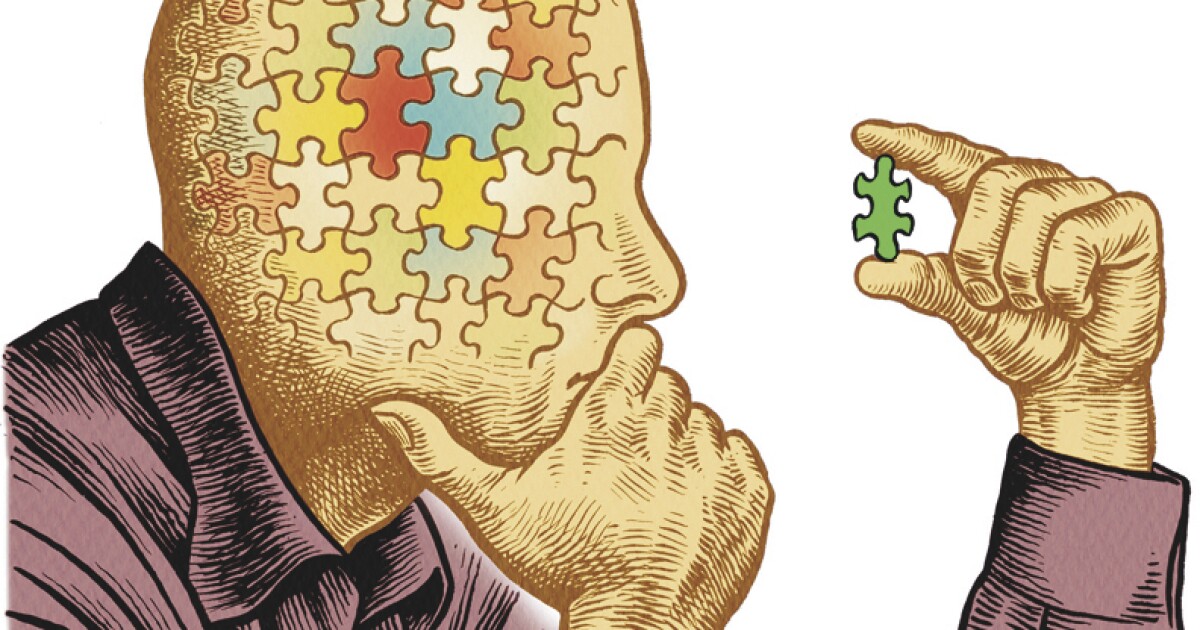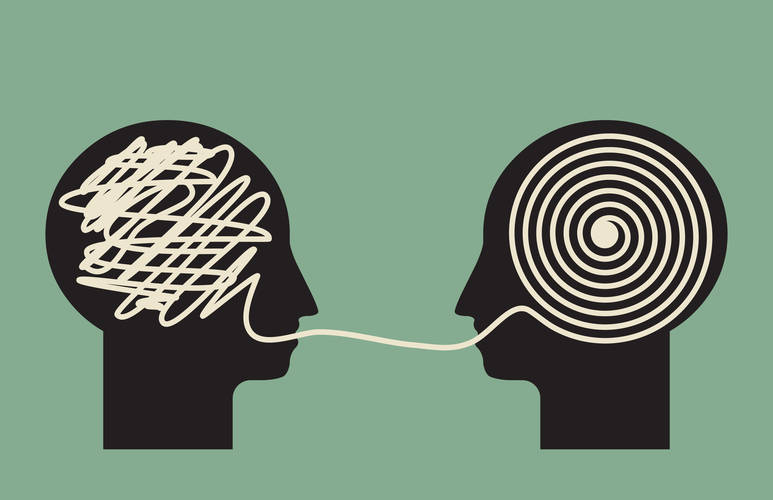
A Sense of Doubt blog post #2366 - ARGUMENTS - Toulmin Model
I am preparing a new "lecture" or rather "instructional video" for my English 102 Research Writing students on mainly TOULMIN argument structure with at least a nod to Rogerian and general principles that incorporate some of all the different argument methods.
I consider this post unfinished. I plan to add more, but the content is fairly solid so far. Many good resources are shared here (by me). Yes, I know that's passive voice.

SOME GOOD VARIOUS RESOURCES (not Toulmin):
Writing a Research Paper - Kansas State University
https://argumentful.com/can-critical-thinking-be-seen-as-a-set-of-skills/
https://yourlogicalfallacyis.com/

The Toulmin Model of Argument
The Toulmin Model is a tool for analyzing and constructing arguments. It was created by British philosopher Stephen Toulmin and consists of the following six parts:
Claim
The argument being made, a statement that you want the audience to believe, accept, or act upon.
Grounds
The evidence that supports your claim.
Warrant:
The logic or assumptions that connect your evidence to the claim. A statement of how your evidence logically and justifiably supports your claim. Warrants are often left unstated and commonly take one of the following six forms:
Warrant Based Generalization: What is true of the sample is likely true of the whole.
Warrant Based on Analogy: What is true of one situation is likely true of another, so long as they share key characteristics.
Warrant Based on Sign: One thing indicates the presence or outcome of something else. For example, we can diagnose an illness or disease by its symptoms. People who own expensive things likely have a lot of money.
Warrant Based on Causality: One thing causes another. For example, eating too much sugar is the cause of numerous health conditions.
Warrant Based on Authority: An indication that something is true because an authority or group of authorities affirms it. For example, nearly all of the planet’s esteemed scientists say that climate change is real.
Warrant Based on Principle: An agreed-upon value or rule applied to a specific scenario. For example, parents should love their children is a widely-shared value. Backing (or refuting) that this value should apply to a specific parent in question might be the goal of an attorney in a criminal trial.
Warrants are important because if your audience does not accept your warrant, they are not likely to accept your argument. Warrants can be questioned, which is why they often require backing.
Backing
Support for the warrant. It might take the form of a well-reasoned argument (or sub-argument) that directly strengthens the warrant. So for example, let’s say your argument depends on a warrant of causality. To strengthen your warrant, you might give additional evidence that shows that the causal relationship is not really just a simple correlation.
Rebuttal
Counterarguments to your claim. Situations where your claim does not hold true. This may also include your response to the counterargument.
Qualifier
The degree of certainty in your argument. Your argument may state that something is true 100 percent of the time, most of the time, or just some of the time. Words used to moderate the strength of your argument include always, sometimes, usually, likely, loosely, etc.
Your claim may also be qualified based on your analysis of the opposing arguments.
Example of the Toulmin Model Applied to an Argument
Let’s break down the following argument:
Schools should ban soda from their campuses to protect student health.
Claim: Schools should ban soda from their campuses.
Grounds: Banning soda would protect student health.
Warrant 1: Poor diet leads to health problems in adolescents.
Warrant 2: Schools have a responsibility to protect student health.
Backing for Warrant 1: Studies show a high correlation between sugary drinks and obesity rates.
Backing for Warrant 2: Schools try to provide for the well-being of students in many other ways, such as campus security and counseling for behavioral and mental health.
Rebuttal: Banning soda from school campuses won’t prevent students from drinking it at home.
Qualifier: Even though students would still have access to soda before and after school, banning soda from school campuses would reduce their overall consumption, which is an important contribution toward protecting their health and well-being.
Link: Argumentative Essay Using Toulmin Strategies
Check out the video for a quick review.
https://owl.purdue.edu/owl/general_writing/academic_writing/historical_perspectives_on_argumentation/toulmin_argument.html
 |
http://hhswritingguide.pbworks.com/w/page/18072473/Toulmin%20Model |
Toulmin’s Argument Model
Stephen Toulmin, an English philosopher and logician, identified elements of a persuasive argument. These give useful categories by which an argument may be analyzed.
Claim
A claim is a statement that you are asking the other person to accept. This includes information you are asking them to accept as true or actions you want them to accept and enact.
For example:
You should use a hearing aid.
Many people start with a claim, but then find that it is challenged. If you just ask me to do something, I will not simply agree with what you want. I will ask why I should agree with you. I will ask you to prove your claim. This is where grounds become important.
Grounds
The grounds (or data) is the basis of real persuasion and is made up of data and hard facts, plus the reasoning behind the claim. It is the ‘truth’ on which the claim is based. Grounds may also include proof of expertise and the basic premises on which the rest of the argument is built.

The actual truth of the data may be less that 100%, as much data are ultimately based on perception. We assume what we measure is true, but there may be problems in this measurement, ranging from a faulty measurement instrument to biased sampling.
It is critical to the argument that the grounds are not challenged because, if they are, they may become a claim, which you will need to prove with even deeper information and further argument.
For example:
Over 70% of all people over 65 years have a hearing difficulty.
Information is usually a very powerful element of persuasion, although it does affect people differently. Those who are dogmatic, logical or rational will more likely to be persuaded by factual data. Those who argue emotionally and who are highly invested in their own position will challenge it or otherwise try to ignore it. It is often a useful test to give something factual to the other person that disproves their argument, and watch how they handle it. Some will accept it without question. Some will dismiss it out of hand. Others will dig deeper, requiring more explanation. This is where the warrant comes into its own.
Warrant
A warrant links data and other grounds to a claim, legitimizing the claim by showing the grounds to be relevant. The warrant may be explicit or unspoken and implicit. It answers the question ‘Why does that data mean your claim is true?’
For example:
A hearing aid helps most people to hear better.
The warrant may be simple and it may also be a longer argument, with additional sub–elements including those described below.
Warrants may be based on logos, ethos or pathos, or values that are assumed to be shared with the listener.
In many arguments, warrants are often implicit and hence unstated. This gives space for the other person to question and expose the warrant, perhaps to show it is weak or unfounded.
Backing
The backing (or support) for an argument gives additional support to the warrant by answering different questions.
For example:
Hearing aids are available locally.
Qualifier
The qualifier (or modal qualifier) indicates the strength of the leap from the data to the warrant and may limit how universally the claim applies. They include words such as ‘most’, ‘usually’, ‘always’ or ‘sometimes’. Arguments may hence range from strong assertions to generally quite floppy with vague and often rather uncertain kinds of statement.
For example:
Hearing aids help most people.
Another variant is the reservation, which may give the possibility of the claim being incorrect. Unless there is evidence to the contrary, hearing aids do no harm to ears.
Qualifiers and reservations are much used by advertisers who are constrained not to lie. Thus they slip ‘usually’, ‘virtually’, ‘unless’ and so on into their claims.
Rebuttal
Despite the careful construction of the argument, there may still be counter-arguments that can be used. These may be rebutted either through a continued dialogue, or by pre-empting the counter-argument by giving the rebuttal during the initial presentation of the argument.
For example:
There is a support desk that deals with technical problems.
Any rebuttal is an argument in itself, and thus may include a claim, warrant, backing and so on. It also, of course can have a rebuttal. Thus if you are presenting an argument, you can seek to understand both possible rebuttals and also rebuttals to the rebuttals.
See also:
Arrangement, Use of Language
Toulmin, S. (1969). The Uses of Argument, Cambridge, England: Cambridge University Press
<http://changingminds.org/disciplines/argument/making_argument/toulmin.htm > [accessed April 2011]
See more at: http://www.designmethodsandprocesses.co.uk/2011/03/toulmins-argument-model/#sthash.dwkAUTvh.dpuf

AMBER'S SITE
THE RHETORICAL SITUATION
ENGLISH COMPOSITION II - LUMEN LEARNING
ALL THE AREAS OF THE COURSE STUDY - MULTIPLE LESSONS FOR ENGLISH 102:
English Composition II: Rhetorical Methods–Based



+++++++++++++++++++++++++++++++++++++++++++++++++++++++++++++++++++++++
+++++++++++++++++++++++++++++++++++++++++++++++++++++++++++++++++++++++
- Bloggery committed by chris tower - 2008.10 - 10:10
- Days ago = 2230 days ago
- New note - On 1807.06, I ceased daily transmission of my Hey Mom feature after three years of daily conversations. I plan to continue Hey Mom posts at least twice per week but will continue to post the days since ("Days Ago") count on my blog each day. The blog entry numbering in the title has changed to reflect total Sense of Doubt posts since I began the blog on 0705.04, which include Hey Mom posts, Daily Bowie posts, and Sense of Doubt posts. Hey Mom posts will still be numbered sequentially. New Hey Mom posts will use the same format as all the other Hey Mom posts; all other posts will feature this format seen here.







No comments:
Post a Comment